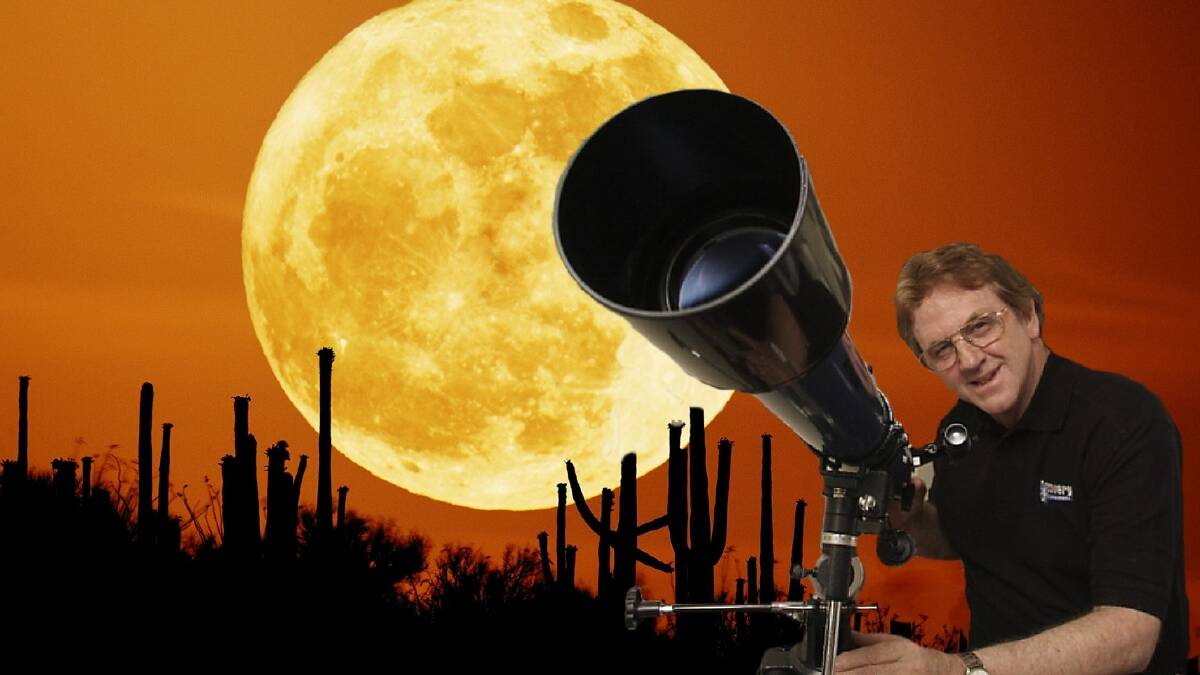
As we head towards the end of yet another amazing year of sky events across Australia I thought I’d share with you some of the questions readers have asked me over the last 12 months.
Subscribe now for unlimited access.
or signup to continue reading
What is the difference between the morning and evening star?
What many people call the morning or evening star is actually the planet Venus. Look for it low in the south-west now at sunset as our evening star but later in the new year it’ll be popping up before dawn, thus becoming the morning star. So, the distinction between morning and evening simply refers to the time at which the planet is visible.
What are shooting stars?
“Shooting stars” and “falling stars” are both names people use to describe intense streaks of light across the night sky. They aren’t stars, they’re caused by small bits of rock called meteors burning high in Earth’s upper atmosphere. About 19,000 meteors hit the Earth's atmosphere every day.
Why do stars twinkle?
It’s an illusion. Because stars are so incredibly distant, to our eyes they appear strictly as points in the night sky. Earth’s unsteady atmosphere causes starlight to dance around making the familiar “twinkling” effect.
Why does the Moon look bigger at the horizon?
It’s also an illusion. Seeing the Moon high in the sky against the vast panorama of outer space it looks small. However, when the Moon is on the horizon surrounded by trees, buildings, or distant landmarks the bright disc of the full Moon appears much bigger than we would expect.
Why are sunsets always red?
Down low the Sun’s light comes to our eye through a thicker layer of atmosphere and this filters out all the Sun’s colours except the red light.
Hey, what’s that ring around the Moon?
It’s formed when ice crystals in our atmosphere bend the Moon’s light into a circle, making that amazing ring effect. It’s usually a good sign it’s going to rain, and old timers say if you count the number of stars inside the ring that’s how many days of rain you’ll get! Check it out next time you spot one.
Dave Reneke
Australasian Science Magazine

